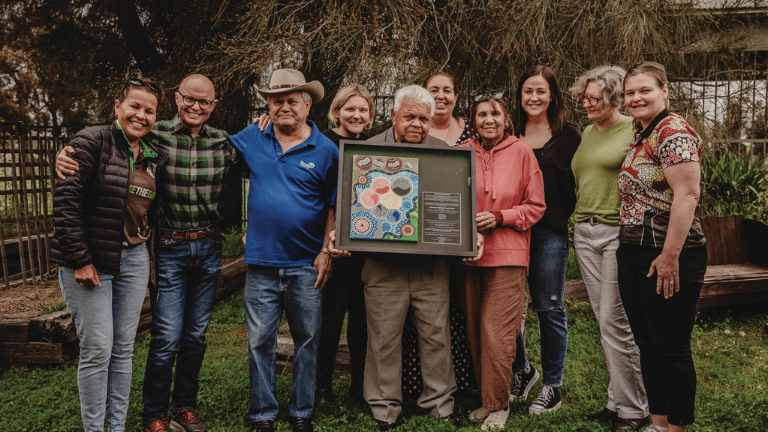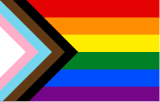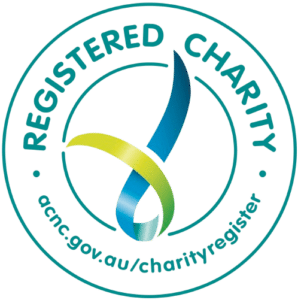
The Aboriginal and Torres Strait Islander communities of the Tamworth and Quirindi regions are working with HMRI researchers to develop a culturally appropriate yarning tool for after stroke.

Yarning up After Stroke Project Team with project artwork (left to right: Vickie Brandy, Chris Levi, Joe Miller, Heidi Janssen, Uncle Neville Sampson, Simone Owen, Aunty Audrey Trindall, Clare Willis, Rachel Peake and
Reakeeta Smallwood (absent, Kim Usher). Photo taken by Tess Reading, proud Gomeroi woman.
Aboriginal and/or Torres Strait Islander Elders Uncle Neville Sampson, Aunty Audrey Trindall, Uncle Joe Miller and people with lived experience of stroke living in their community on Gomeroi/Kamilaroi lands have been leading important work with Professor Chris Levi,
Gomeroi woman and speech pathologist, Simone Owen, and Dr Heidi Janssen. This team from the Yarning up After Stroke Project are working together to create a culturally appropriate strengths-based yarning recovery tool for people living with stroke.
Their work is informed by the evidence-based Take Control after Stroke tool, which was shown to result in significant improvements in stroke recovery for both Indigenous and non-Indigenous people of New Zealand.
The Stroke Foundation and Medical Research Futures Fund (MRFF) supported Yarning up After Stroke Project is geared towards making the journey from acute stroke through to recovery better for Aboriginal and Torres/Strait Islander people living in these regional and rural communities.
The yarning tool aims to give decision-making power back to people living with stroke, empowering them to self-manage aspects of their recovery.
Clinical trials coordinator Simone Owen says, “We’ve been visiting and yarning with community to get a sense of what has worked in the past, what didn’t work and what they think is important to support them as they recover from stroke.”
“We’re also including health service providers in these yarns as we’re hoping to improve both awareness of and access to health care services,” said Simone.
The local Elders, some of whom have had strokes, are guiding the Yarning up After Stroke team as they engage with community to share information about stroke and the project, and at NAIDOC Week events, Family Fun Days and when visiting local community art and exercise groups.
Aunty Audrey Trindall, one of the Elders working on the project says, “My mother and grandmother both had strokes, and I had a stroke ten years ago. I was part of another local project ‘Written by the Mob for The Mob’ many years ago where community members created an information booklet on stroke. My story of stroke was
included in this booklet, as well as things like warning signs of stroke. That’s why I’m so excited about this – we’re extending that work and raising the profile even more.”
Dr Heidi Janssen stresses that stroke recovery is not a ‘one size fits all’. She explains that each Aboriginal and/or Torres Strait Islander community will have their own unique needs and wants, and these must be considered when doing collaborative work like this.
“Yarns with people and different groups in community to date reveal that an important step in supporting people after a stroke is ensuring trusting and respectful relationships between stroke survivors and health care providers,” says Heidi.
The ultimate goal is to create a framework for a yarn that healthcare providers and other trusted people in community can have with a person living with stroke so they can share what they need and want and create a supportive plan.
“Information gathered so far suggests that a culturally appropriate stroke recovery plan needs to consider the person and their family’s needs and wants and ensure a strong link back to their community and country,” said Heidi.
If this phase of the research is successful, the Yarning up After Stroke Team and Heidi will seek more funding to take this yarning tool national; so that all Aboriginal and/ or Torres Strait Islander Peoples living with stroke are empowered to take control of their stroke recovery.
HMRI would like to acknowledge the Traditional Custodians of the land on which we work and live, the Awabakal and Worimi peoples, and pay our respects to Elders past and present. We recognise and respect their cultural heritage and beliefs and their continued connection to their land.

Hunter Medical Research Institute
We’re taking healthy further.
Locked Bag 1000
New Lambton
NSW, Australia, 2305



This site is protected by reCAPTCHA and the Google Privacy Policy and Terms of Service apply.
Copyright © 2024 Hunter Medical Research Institute | ABN: 27 081 436 919
Site by Marlin Communications
